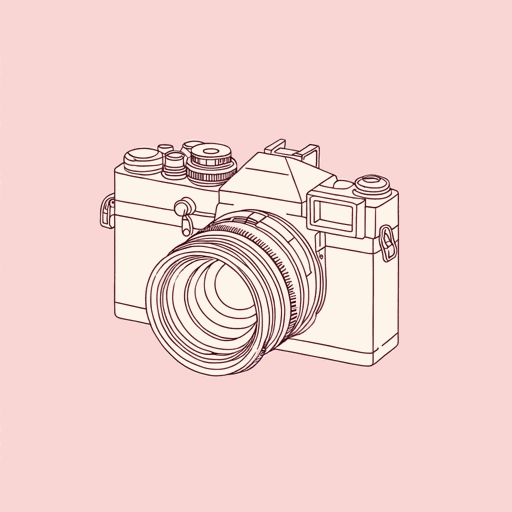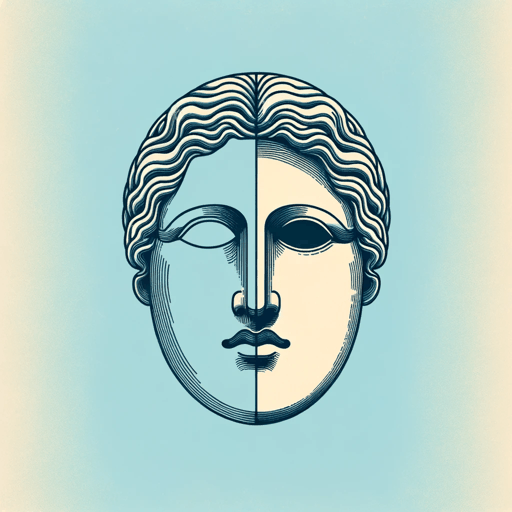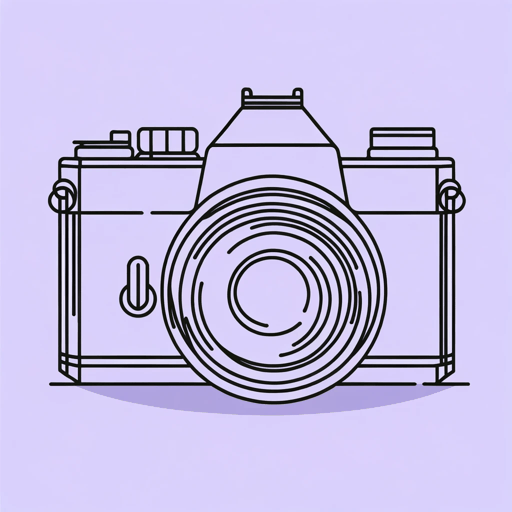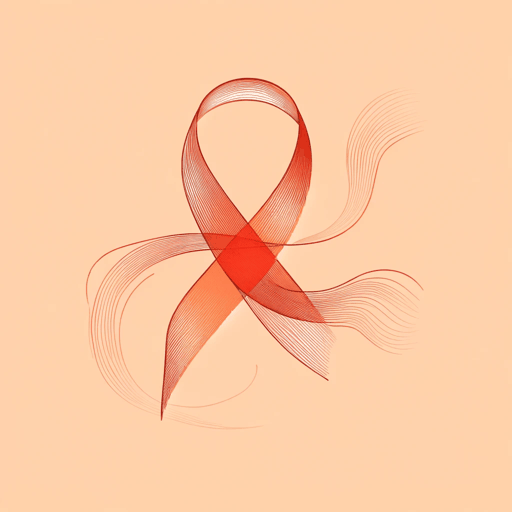32 pages • 1 hour read
Susan SontagRegarding the Pain of Others
Nonfiction | Essay / Speech | Adult | Published in 2003A modern alternative to SparkNotes and CliffsNotes, SuperSummary offers high-quality Study Guides with detailed chapter summaries and analysis of major themes, characters, and more.
Summary and Study Guide
Overview
Regarding the Pain of Others is a book-length essay by Susan Sontag published in 2003. Sontag initially addresses a question posed to writer and anti-war activist Virginia Woolf: “How in your opinion are we to prevent war?” but then, deducing that war is perennial, Sontag uses the remainder of her book to examine the relation between photography and feelings and ideas about war. She insists on discussing specific wars and specific photographers because each work documents war differently, if at all. Sontag moves back and forth in history, across advances in camera technology and through increasing demands for the commercialization of photography through shock value, as it floods screens large and small. Critiquing generic war photographs of anonymous victims and assessing artistic or iconic photographs of known subjects as well as other artworks related to war, Sontag reveals often-paradoxical reasons why war photography can fail to elicit compassion and to move viewers to humane thought and action.
In Chapter 1, Sontag re-directs Woolf’s question and asks who constitutes the “we” among the viewers. Given that they differ by gender, culture, and relation to privilege, Sontag shows the impact of images of war to be contingent upon the spectator’s social and political context. Photographs can be misread as evidence, or appropriated for adverse purposes. Photographers themselves have been considered “specialized tourists,” whose work abroad may mean little to people viewing it remotely in their living rooms. We are inundated with images, and they are diffused and re-diffused, Sontag tells us. In Chapter 2, she discusses the September 11th attacks in New York to show the confusion between the real and the representational in our perception thanks to “bigger-than-life” movies. Sontag introduces the war photography of Robert Capa to show how genuine commitment in war photography can be re-contextualized for the marketplace.
Chapter 3 takes up the issue of sympathy versus outrage and protest. Sontag shows the power of Goya’s etchings in establishing the role of morality in art as he issues a scathing attack on Napoleon’s invasion of Spain. Goya shuns spectacle, whereas American Civil War photographers Brady and Fenton create spectacle, claiming to record history. There is a big difference, Sontag demonstrates, between photographs “staged” for dramatic effect and paintings or etchings “imagined” for the sake of real effect: one draws on our appetite for perceiving pain, the other on our compulsion to relieve it.
We consider photographs to act as evidence, but Chapter 4 takes up the reasons, generally insidious, why war photography is manipulated by regimes. It can be banned, restricted, or censored by governments, commercial interests, or photographers themselves. Returning to Woolf’s premise that vivid images beg compassion, Sontag shows how we view photographs of colonial and postcolonial “others” generically and anonymously, never seeking to know their identities or catastrophes, but only to gawk at their “misfortunes” of which we may be, in part, to blame.
Chapter 5 turns to the curious ways we distinguish between photography and art, allowing the former to give us “reality” and the latter to only invoke it. From Da Vinci’s battle paintings to Salgado’s photographs of migrations, Sontag argues that throughout history, spectacles have drawn compassion, and the aesthetic in photography is not to be shunned, nor is its beauty to be distrusted. When photographs are used not as vehicles for memory but are possessed as the memories themselves, they can eclipse further knowledge, deeper understanding of the world, and how to change the world.
Returning to the idea that we are obligated to look at photographs of war, and of misery, Chapter 6 raises the question of why we do it. Philosophers from Plato to Bataille have noted the fascination with shocking images of brutality and asked if we submit to them so as to become strong, or immune, or resigned. As voyeurs, people can be attracted to photographs of war, and from a safe distance, they can easily feel detached, or at least helpless to act.
In Chapter 7, Sontag challenges two of her former assumptions as articulated in her work thirty years earlier, On Photography. She asks, does the media really determine the value of photographs in the public eye, and does the “culture of spectatorship” really neutralize the moral impact of war photography? Sontag turns to Wordsworth and Baudelaire as they comment on media bombardment, which pushes her to turn to the nature of spectatorship in television. The instability of the attention it demands requires us to pay more attention to the reality that exists outside the media.
Memory—what it can and cannot do—is the key topic of Chapter 8. Sontag insists on the ethical nature of remembering but also on the collective need to forget. The proliferation of “news” does not necessarily imply that we have enlarged our capacities to take it in, to process it, nor does it mean that the photograph can be held responsible for teaching us history and causation. Images are no substitute for thought. In Chapter 9, Sontag laments that there have come to be few spaces to partake in serious reflection. A certain lightness and distraction invades our sober spaces, where editorial and advertising photography bleed into each other, usurping the power of war photography. Sontag closes her meditation on images of war by deferring to works of cinema and installation photography that both bear witness to and invite deep reflection on the status of war in the world, and what can be done about it.
Related Titles
By Susan Sontag





